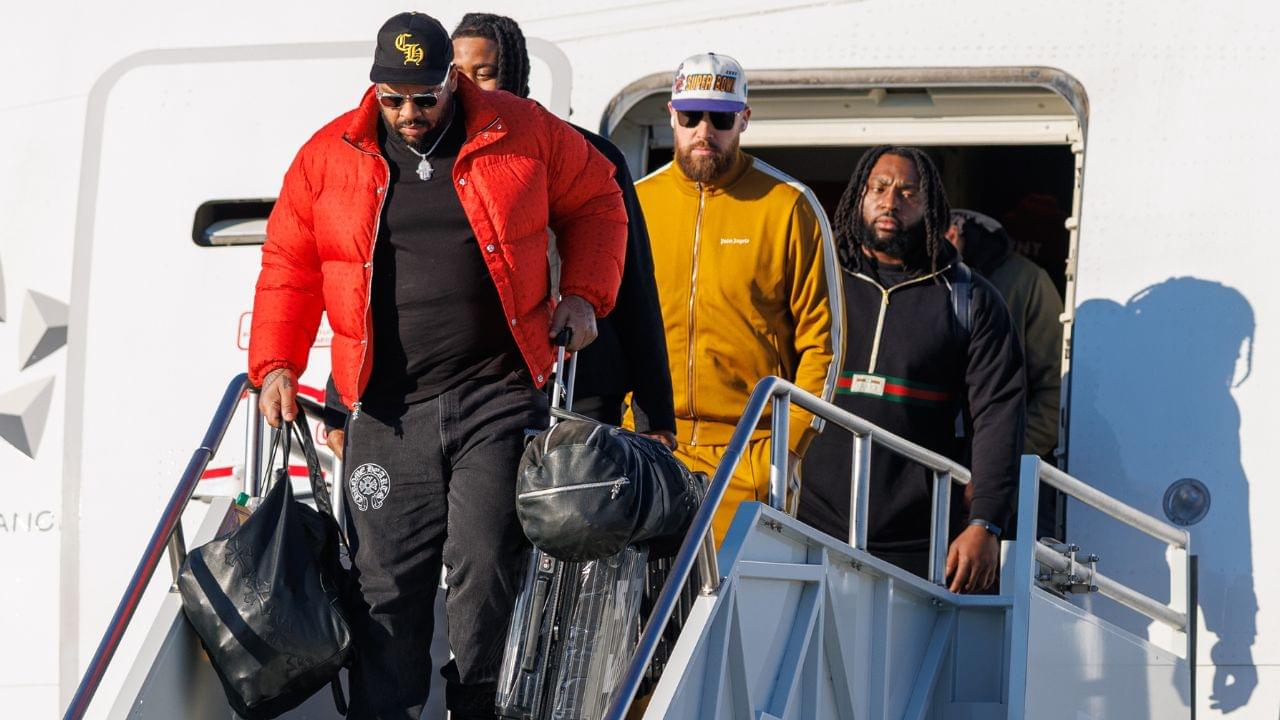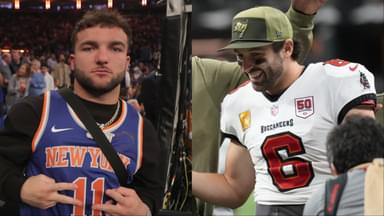For fans watching at home, an NFL road game ends when the final whistle blows. But for those teams on the road, especially those from the West Coast, that’s when the travel plans kick into gear.
Advertisement
Travel in the NFL is a logistical marathon. Unlike NBA or MLB teams that jet off to other cities multiple times a week, NFL franchises move hundreds of players, coaches, and staff just nine times a season, yet every trip feels like a full-scale military operation.
For teams like the LA Chargers, each away game means travelling thousands of miles across time zones, often returning home in the dead of night. The Chargers’ logistics team recently peeled back the curtain on what actually happens once the game clock hits zero, offering fans a rare look into the organized chaos behind an NFL team’s return home.
“Ever wonder what it takes for a team to leave the stadium after a game?” the narrator, presumably a member of the Chargers’ logistic team, begins.
“Everything starts at halftime. Step number one, we check with our bus company, postgame meal, and the airlines to make sure that everything is set and ready to go,” he says.
From that point, every second is accounted for: “Step number two, that clock hits zero. Team runs off, we’re celebrating the win, coach gives his postgame talk, there’s a lot of high-fiving for he’s a jolly good fellow, game’s done, now the real fun begins.”
Once the players are done battling on the field, the Chargers’ public relations staff immediately gets to work, corralling players and head coach Jim Harbaugh for postgame podium interviews before loading begins.
“Meals, TSA, and buses… They’ll start making their way on over to a loading dock, guys will start getting checked in for TSA… we’ll have our postgame meal there. It’s set up by our nutritionist… usually it’s something local, something the guys can’t necessarily get in the LA area if possible,” the staffer adds.
The focus then shifts to efficient transportation. Once players eat and clear TSA, they board buses for the airport. “Our goal is to take off two hours after the end of the game for most trips… The guys will get on, have some food available, and can start getting themselves relaxed,” he adds.
When the team finally lands back in Los Angeles, the operation doesn’t stop there. “We’ve got our buses waiting for us… They’ll take everyone back on over to the Bolt in El Segundo, and everyone can head home and get ready for everyone’s favorite step number seven — getting to sleep in our own bed,” he explains.
yes we actually leave right after the game pic.twitter.com/m8fFQrDXXb
— Los Angeles Chargers (@chargers) November 1, 2025
It’s a process that seems routine, but the planning demands precision and coordination across multiple departments. And for comparison, the Tampa Bay Buccaneers’ Senior Director of Operations, Tim Jarocki, last year revealed just how massive these operations are on the front end.
Jarocki said he typically contracts about 200 hotel rooms for one night during away games, securing entire floors for players, recovery spaces, and meeting rooms, and even adding personal touches, like assigning room numbers to match jersey numbers or hometown area codes.
So to sum it up, NFL operations teams manage dozens of moving parts to secure flights, meals, hotels, and ground transport for just a few hours of rest and recovery before the next week begins. They truly are the real heroes, making sure the players who left it all on the field can finally make it home in time to sleep in their own beds.






